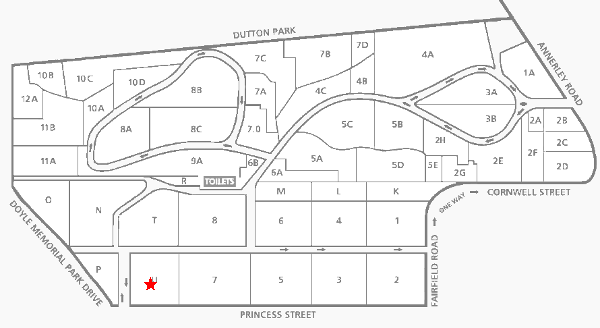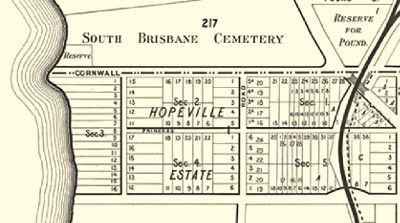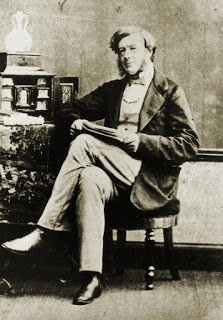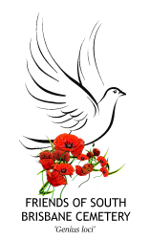Areas of Interest Guide: Hopeville Estate
This is portion U. These ‘areas of interest’ are marked on the entry signs in the cemetery.


The land on either side of what is now Hopeville Avenue once belonged to Louis Hope (1817-94), who was the seventh son of John Hope, fourth Earl of Hopetoun. Louis moved to Moreton Bay in 1848 and took up land at Ormiston, Kilcoy and here at South Brisbane in 1853. This piece land was known to some as ‘Hope’s scrub’ before later becoming the Hopeville estate. An 1864 advertisement for land sales for ‘Hopeville’ described it as being, ‘…the richest scrubland in the colony’ and ‘unsurpassed for beauty of aspect and extensive view.’

Nearby ‘Areas of Interest
Eliza Gray (piano teacher) – Portion O
Gregory Brown (train disaster victim) – Portion T
Carl Oscar Fristrom (artist) – Portion 6


